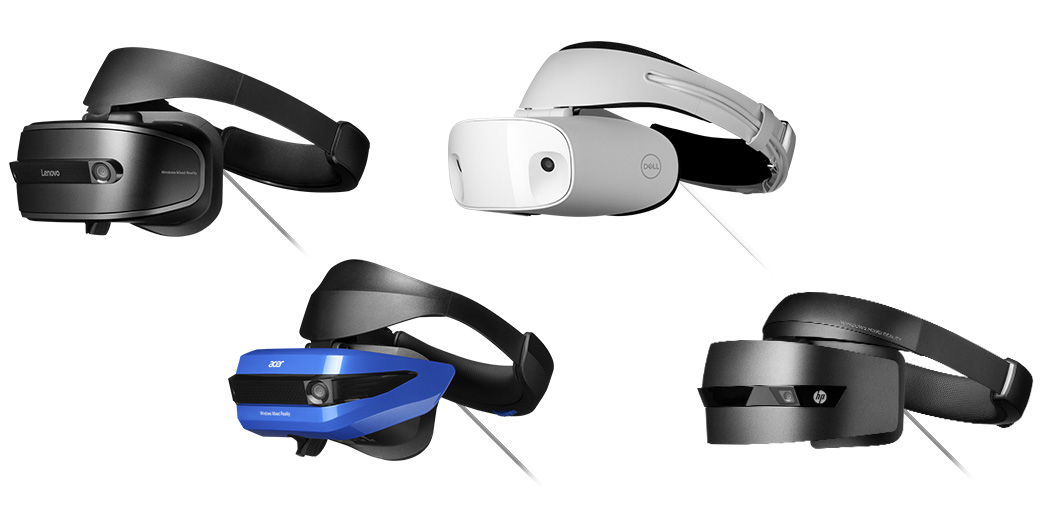This is a rebound year for AR and VR headsets, IDC says
IDC expects to see AR and VR headset adoption start to take off this year.

Depending on your vantage point, it was a relatively weak year for AR and VR adoption in 2017. International Data Corporation (IDC) blames the overall "headset market retreat" on the decline in shipments of screenless VR viewers, which are headsets built for smartphones like the Gear VR. Despite constricting shipments, IDC is confident we are in for a rebound this year, followed by significant growth over the course of the next several years.
2018 will see a return to growth with combined AR/VR volumes reaching 12.4 million units, IDC says. That would mark an impressive year-over-year increase of 48.5 percent as new vendors and new use cases emerge. Looking further down the line, IDC anticipates that combined shipments will balloon to 68.9 million units in 2022, with a five-year annual compound growth rate of 52.5 percent.
"There has been a maturation of content and delivery as top-tier content providers enter the AR and VR space," said Jitesh Ubrani senior research analyst for IDC Mobile Device Trackers. "Meanwhile, on the hardware side, numerous vendors are experimenting with new financing options and different revenue models to make the headsets, along with the accompanying hardware and software, more accessible to consumers and enterprises alike."
Behind the numbers is a confidence on IDC's part that mixed reality headsets for Windows 10 will really take hold. The tracking firm also points to Lenovo's Jedi Challenges Mirage headset as proof that the screenless form factor still has legs when paired with the right content.
"While there's no doubt that VR suffered some setbacks in 2017, companies such as Google and Facebook continue to push hard toward making the technology more consumer friendly," said Tom Mainelli, program vice president, Devices & AR/VR research. "Meanwhile, Lenovo's success with its first consumer-focused AR product shows that consumers are beginning to understand what augmented reality is and the experiences it can provide. This bodes well for the category long term."
We're more interested in headsets like the Oculus Rift and HTC Vive, and according to IDC, tethered and standalone solutions will comprise the vast majority of shipments in 2022, with screenless devices ultimately waning into a footnote. To that end, HTC today announced it is taking preorders for its Vive Pro. Compared to the original Vive, the Vive Pro brings a higher resolution and better audio to the table, along with a redesigned strap to better distribute the weight.
One of the issues that current generation VR headsets have is not having a high enough resolution to eliminate the screen door effect. There are some promising headsets on Kickstarter with higher resolution displays, and of course the Vive Pro aims to deliver crisper images by increasing the resolution to 2880x1600. If IDC's forecast is correct, companies like HTC and Oculus (Facebook) will have plenty of reason to continue advancing VR headset design.
The biggest gaming news, reviews and hardware deals
Keep up to date with the most important stories and the best deals, as picked by the PC Gamer team.
Paul has been playing PC games and raking his knuckles on computer hardware since the Commodore 64. He does not have any tattoos, but thinks it would be cool to get one that reads LOAD"*",8,1. In his off time, he rides motorcycles and wrestles alligators (only one of those is true).


